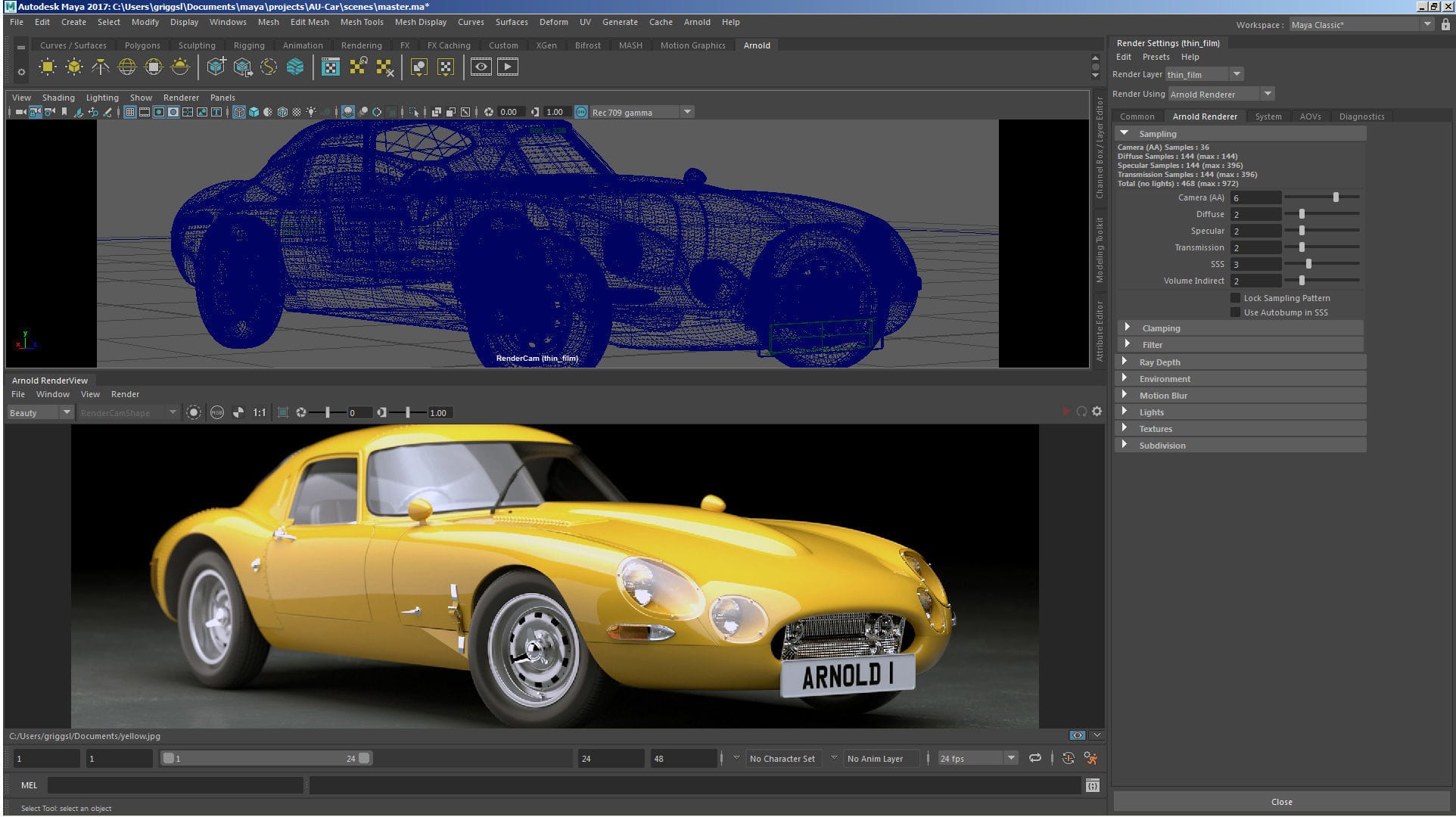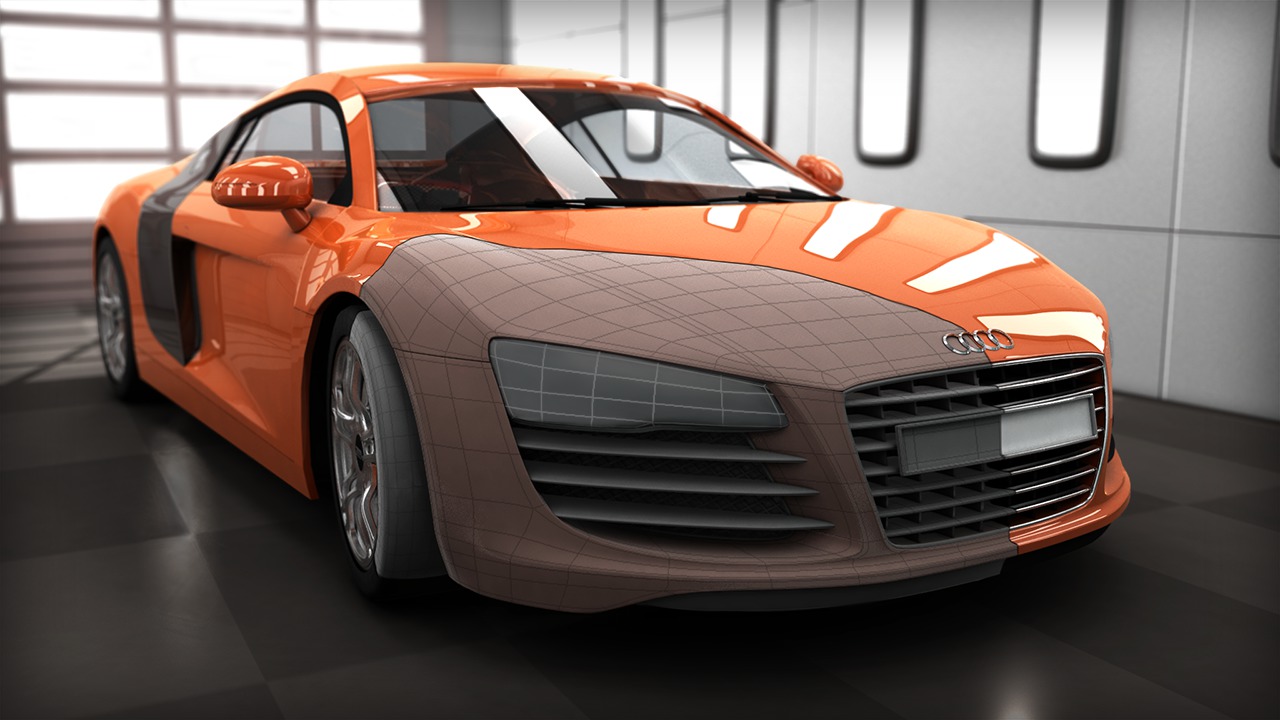


If you create new face points, edge points, and adjust the old vertices according to the formula (F+2R+(n-3)P)/n which you can look up in wikipedia and see what all the variables refer to you can perfectly predict how and why subdivision works the way it does.īut to simplify it for you, it's all about weights and averages. To better understand why triangles or poles can produce artifacts, you only need to think of weight averaging. You can also look up the equation for Catmull-Clark subdivision on Wikipedia. This lecturer by the way, really simplifies the whole thing like no other I've seen talk on the subject.

If you really want to take your understanding of subdivision meshes to the next level and understand how things go under the hood, I can recommend watching these 2 lectures, yes they are not going to exactly help you 3D modeling, but if you spend a large part of your life moving those vertices and edges, wouldn't it help to know how subdivision works? Subdivision Surfaces: Artifacts by Greg Petchkovsky and Subdivision Surfaces: Overview by Glen Moyes.īut both these videos and in fact many tutorials and articles on the subject of topology never go to the simple reason why triangles cause this. To better see what I mean you can see these two videos: Generally speaking though, subdividing triangles causes problems if it's on a curved surface. Unless experienced, you should not judge a mesh by looking at its wireframe only how it renders and if it serves its intended purpose.


 0 kommentar(er)
0 kommentar(er)
